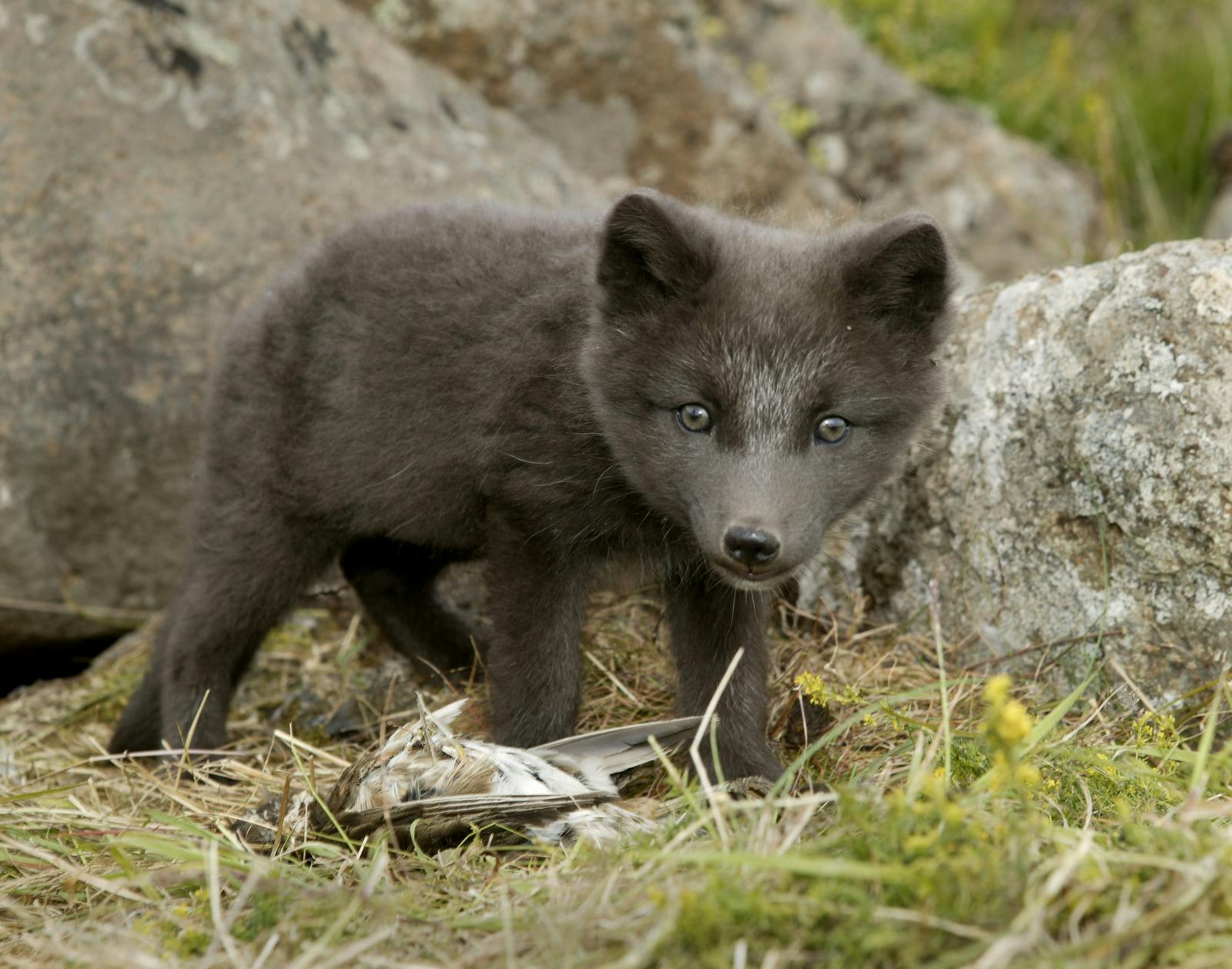
Arctic Foxes in Iceland
The Arctic Fox
Arctic foxes (Vulpes lagopus) are native to Iceland and play a significant role in the country's ecosystem. They are the only native land mammal in Iceland and have adapted to the harsh Arctic conditions found on the island. The Arctic Fox is believed to have arrived in Iceland during the last ice age, which occurred around 10,000 years ago.
The colonization of Iceland by Arctic foxes is an example of natural dispersal, where populations of animals move into new areas as environmental conditions change. Once the Arctic foxes reached Iceland, they adapted to the unique environmental conditions of the island and established stable populations.
Population
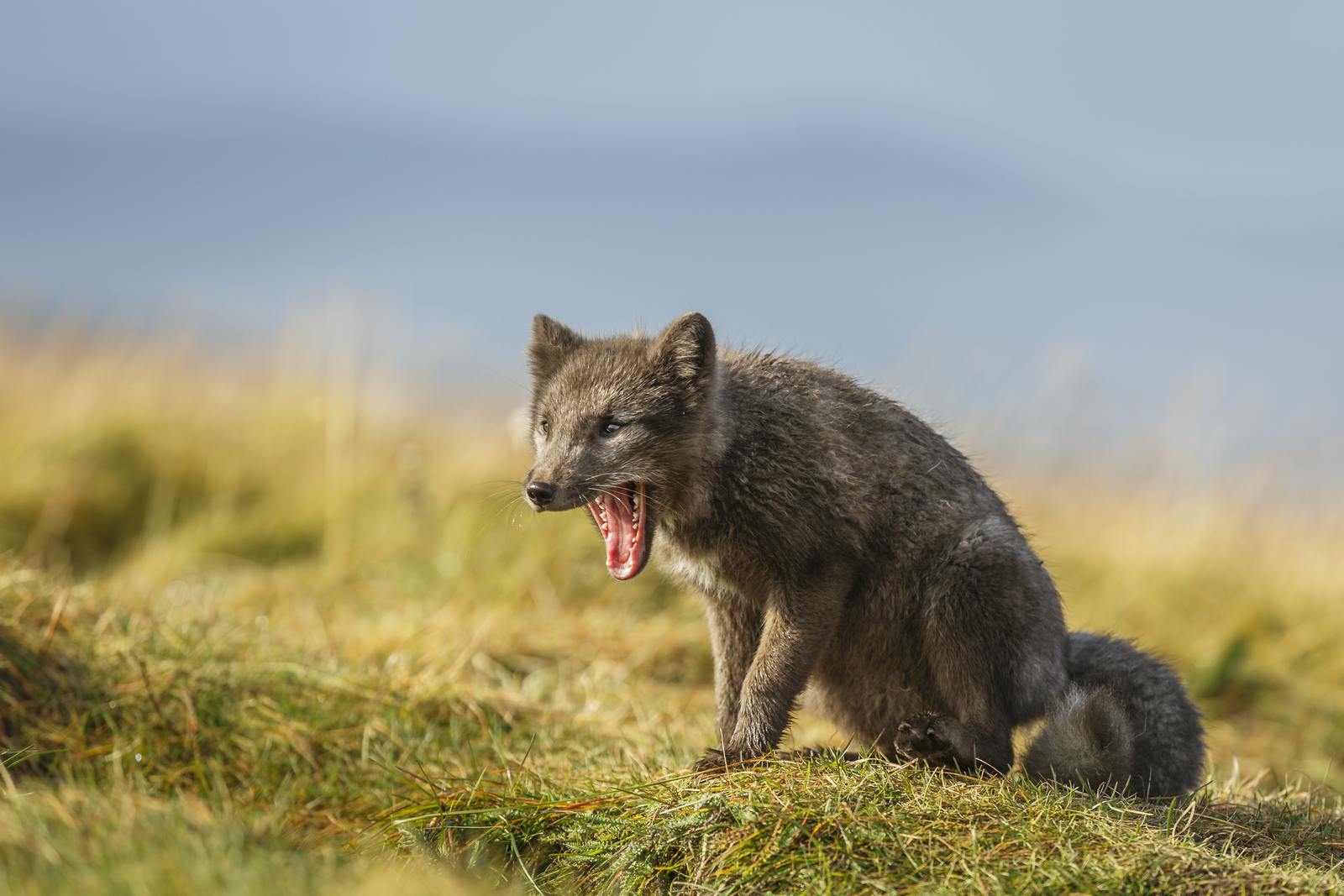
As of September 2021, the estimated population of Arctic foxes in Iceland was 10,000. The population of Arctic foxes in Iceland has seen fluctuations over the years due to various factors, including hunting practices, habitat loss, and changes in prey availability. Historically, the population faced significant declines, but conservation efforts and protective measures have contributed to their recovery.
The establishment of protected areas, such as the Hornstrandir Nature Reserve, has provided important habitats for Arctic foxes to thrive. Additionally, hunting regulations have been implemented to ensure sustainable hunting practices and prevent overexploitation of the population.
Biology
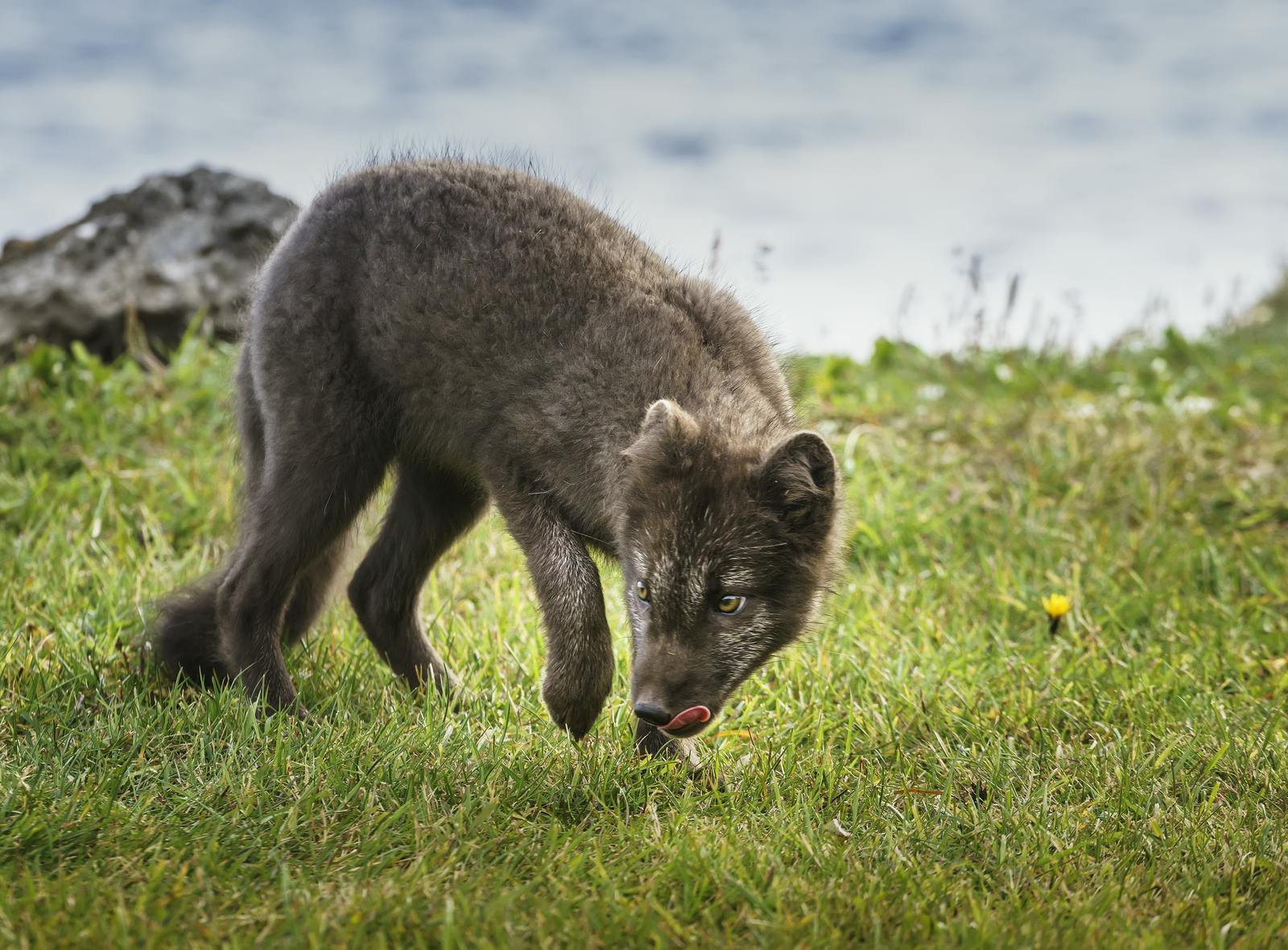
Icelandic Arctic foxes are small to medium-sized mammals, typically weighing between 3 and 5 kg.. They are known for having a thick double-layered coat that provides excellent insulation. The outer layer consists of long guard hairs, while the dense underfur traps air to keep them warm. Arctic foxes display seasonal color variations. They have a white or light gray coat during winter to blend with the snowy landscape, providing them with effective camouflage. In the summer, their fur turns brown or grayish-brown to match the environment.
Arctic foxes in Iceland primarily inhabit remote and uninhabited areas, such as the highlands and coastal regions. They are well-adapted to extreme weather conditions and are capable of withstanding temperatures as low as -50 degrees Celsius.
Outside Iceland small mammals like lemmings, voles, and Arctic hares are the primary prey of Arctic foxes, which are opportunistic feeders with a varied diet. In Iceland they consume birds, their eggs, and carrion during the breeding season. Arctic foxes are known to scavenge leftovers from other predators and feed on marine mammals and fish if available.
Where To Find Arctic Foxes in Iceland?
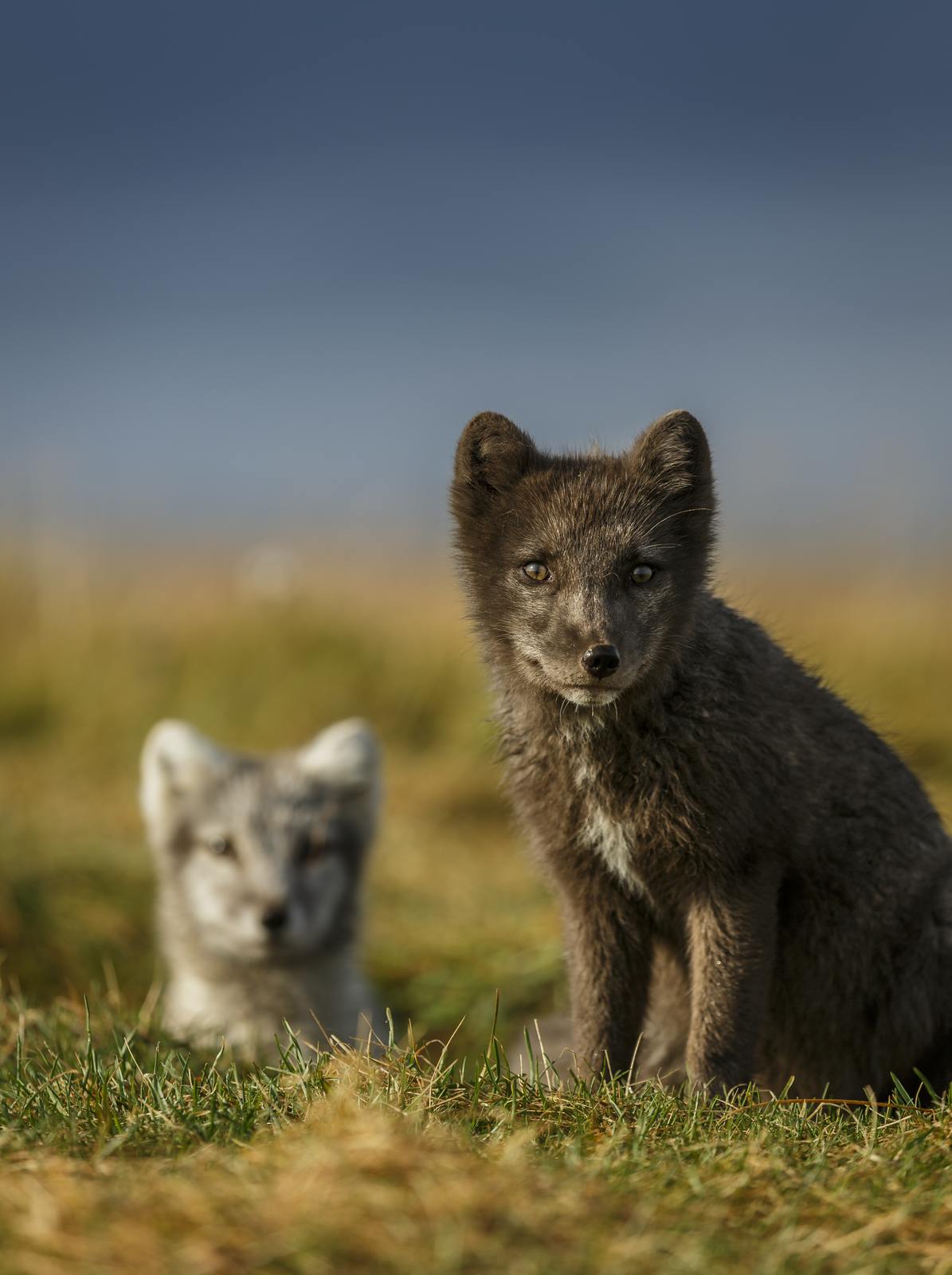
Arctic foxes can be found in various regions of Iceland, particularly in remote and uninhabited areas as already mentioned. Here are some locations where you might have a chance to spot Arctic foxes in Iceland:
- Hornstrandir Nature Reserve: Located in the northwestern part of Iceland, Hornstrandir is a remote and uninhabited area known for its pristine wilderness. It offers a suitable habitat for Arctic foxes, and sightings are relatively common in this area.
- Westfjords: The Westfjords region, located in the northwest of Iceland, is another great place to encounter Arctic foxes. The rugged landscapes and limited human presence make it an ideal habitat for these elusive creatures.
- Vatnajökull National Park: As one of Iceland's largest national parks, Vatnajökull encompasses a diverse range of landscapes, including glaciers, mountains, and coastal areas. The foxes can be found in the park, particularly in the highland regions.
- Þingvellir National Park: Situated in southwestern Iceland, Þingvellir National Park offers a combination of geologic wonders and historical significance. While Arctic fox sightings are rarer in this area compared to more remote regions, they have been reported within the park.
- Snæfellsnes Peninsula: Known for its dramatic coastline and iconic Snæfellsjökull volcano, the Snæfellsnes Peninsula is another potential location to spot Arctic foxes. They can be found in the less populated areas of the peninsula.
How To Spot an Arctic Fox
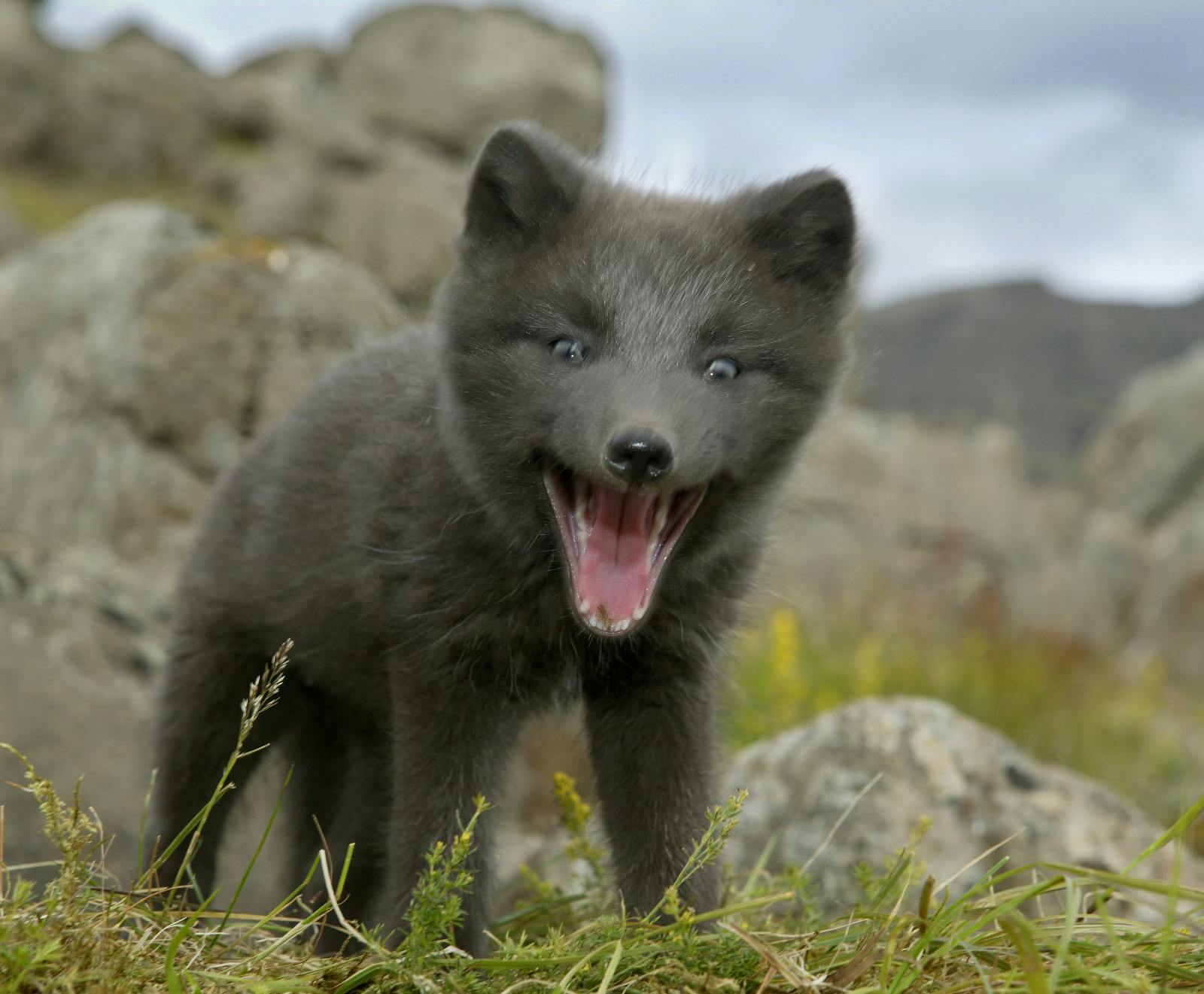
When attempting to observe Arctic foxes, it's important to remember that they are wild animals and can be elusive. They are most active during twilight hours, so early mornings or late evenings may increase your chances of spotting them. It's crucial to respect their natural habitat and observe them from a safe distance to avoid causing any disturbance.
Spotting an Arctic Fox in Iceland can be a thrilling experience. Following these tips might increase your chances of encountering one:
- Research and Choose the Right Locations: Familiarize yourself with the regions in Iceland where Arctic foxes are known to inhabit. Above, we have listed five areas where they are known to inhabit - these areas have a higher likelihood of fox sightings.
- Timing: As mentioned above, Arctic foxes are most active during the twilight hours. Plan your excursions during these times to maximize your chances of spotting them.
- Remain Patient and Observant: It's important to be patient and attentive when searching for Arctic foxes. Scan the landscape for movement or signs of fox activity. Look for tracks, scat, or burrows, as these can indicate the presence of foxes in the area.
- Use Binoculars or a Camera With Zoom: Arctic foxes can be small and may be seen at a distance. Carrying binoculars or a camera with a telephoto lens can help you observe them from a safe distance without disturbing their natural behavior.
- Stay Quiet and Still: Once you have located an Arctic fox, maintain a quiet and non-threatening presence. Avoid sudden movements or loud noises that might startle or scare them away.
- Blend Into the Environment: Wear clothing that matches the natural surroundings, such as neutral or earth-tone colors, to blend in with the environment and minimize your impact.
- Engage Local Guides or Wildlife Experts: Consider joining guided wildlife tours led by experienced local guides who are knowledgeable about Arctic fox habitats and behavior. Their expertise can significantly enhance your chances of spotting these elusive creatures.
Remember, wildlife encounters are never guaranteed, as Arctic foxes are wild animals and may be influenced by factors such as weather, seasonality, and individual behavior. It's essential to prioritize the welfare of the animals and adhere to ethical wildlife-watching practices. Like observing from a distance, minimizing disturbance, and respecting their natural habitat.
FAQ
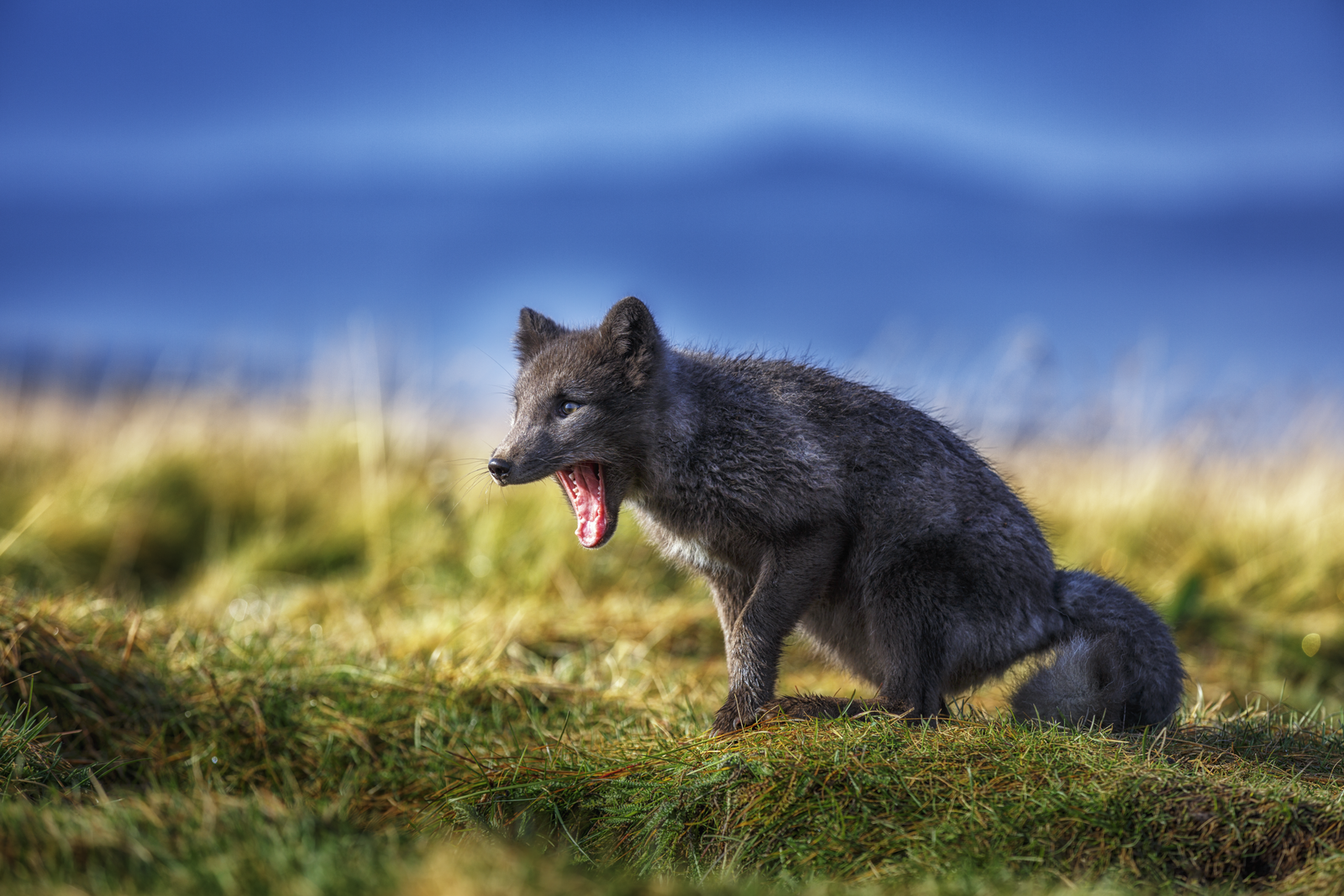
Are There Arctic Foxes in Iceland?
Yes, there are Arctic Foxes in Iceland. The Arctic Fox is believed to have arrived in Iceland during the last ice age, which ended 11,500 years ago.
Where Can I See Arctic Foxes?
Arctic foxes can be found in various regions of Iceland, particularly in remote and uninhabited areas.
What Do Arctic Foxes Eat?
Arctic foxes are opportunistic feeders with a varied diet. Outside Iceland they primarily prey on small mammals like lemmings, voles, and Arctic hares. During the breeding season. In Iceland arctic foxes also consume birds, their eggs, and carrion. They are known to scavenge leftovers from other predators and feed on marine mammals and fish if available.
Are Arctic Foxes Endangered?
Arctic Foxes are not currently classified as an endangered species on a global scale. The Arctic fox population in Iceland faced significant declines in the past due to hunting and habitat alteration. However, conservation efforts, including hunting regulations and habitat protection, have led to population recoveries in recent years, and Arctic foxes are now a protected species in Iceland.







